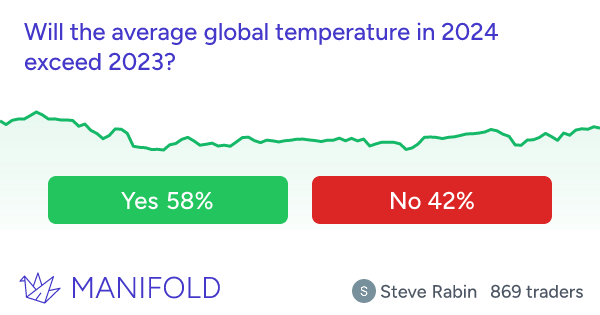

In my experience, there are some niche conferences that have no name recognition, but are amazing. A lot of people haven’t heard of the Gordon conferences, and some of the other top ones in my field are open source package user group meetings and company hosted conferences, which could easily appear low-value at first glance.
The 10K+ attendee conferences have lots of name recognition, but I found them to be effectively useless for accomplishing any goal (they’re not even that great for networking), and they could easily be a series of recordings for what you get.
So, I think it’s reasonable for folks to roll the dice on some conferences, because some of them are really hidden gems (and if they suck you can always audible it to a free vacation).

















The thing that gets me is that these people are all really smart. If someone is willing to lie and do math, why not work at an unscrupulous pharma/finance company? They’d make way more money and do way less work. I’d even argue that fraud in the private sector is less unethical - if investors give money to a fraud they deserve to lose it, and regulators take an adversarial stance and have whole orgs (in theory) policing fraud like the SEC and FDA.
It takes a really particular kind of scumbag to seek a position of public trust, make a bunch of trainees financially and professionally dependent on them, accept taxpayer money intended to help cancer patients, then commit fraud.